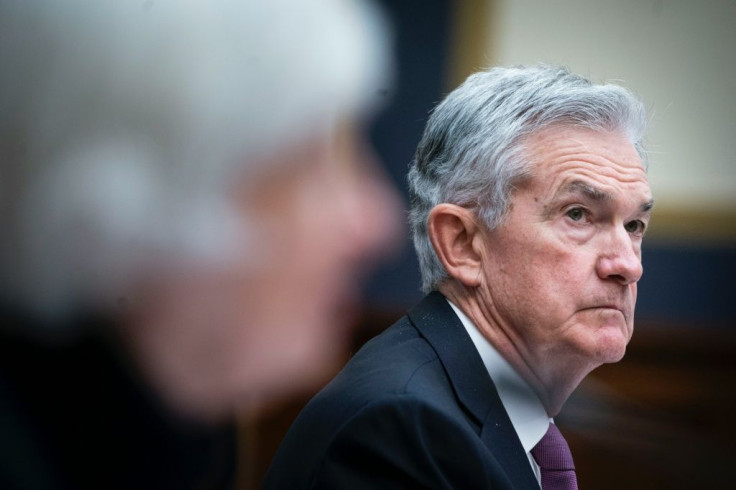US Fed Set To Begin Stimulus Taper Amid Sticky Inflation
The Federal Reserve is set to begin removing a major plank of the stimulus policies it rolled out last year as the pandemic began, a sign of the progress the US economy has posted since the historic downturn.
While the American central bank is always capable of surprises, its top officials have widely signaled that they will announce at their policy meeting next week the start of a drawback in their monthly purchases of bonds and securities, which they began as the economy collapsed in March 2020 to stop the crisis from becoming a catastrophe.
The world's largest economy has undoubtedly come a long way from those dire days, but with an unpleasant passenger: inflation, which has spiked throughout much of this year, and caused some economists to name the Fed's easy money policies as an accessory.
Fed Chair Jerome Powell could touch on these topics when he speaks following the two-day Federal Open Market Committee meeting beginning Tuesday, and may also offer the central bank's latest views on the state of the recovery.
"I think it'll be one of the biggest surprises in a long time if they didn't taper. They've been about as explicit as you can hope the Fed will ever get about a future action," Michael Feroli, chief US economist at J.P. Morgan, told AFP.
Controlling inflation is one of the Fed's top priorities, and its high level this year has tested the bank's policy of keeping its benchmark interest rate at zero for longer than in the past to spur a return to full employment.
The latest sign of the wave came Friday when the Commerce Department -- the central bank's preferred inflation gauge-taker -- reported prices rose 4.4 percent year-on-year in September.
The most potent policy move the Fed could make against inflation is raising its lending rate off zero.
Powell has made clear that doing that will require a "substantially more stringent test" and only come after tapering the bond purchases has finished.
The Fed currently buys at least $80 billion each month in Treasury bonds and at least $40 billion in agency mortgage-backed securities. The purchases are intended to ease lending conditions as the economy weathers the pandemic.

Powell has previously said the buying could be wrapped up by the middle of next year, but details on the pace and composition of the taper, as well as its exact starting date, will have to wait for the meeting.
At the gathering, Powell could find himself caught between the demands of inflation hawks who want rates hiked sooner and doves who see the zero rate as beneficial, said Standard Chartered's Head of North America Macro Strategy, Steve Englander.
"That's going to be the... debate internally, with the hawks wanting some room to speed it up if inflation doesn't come down and the doves kind of saying, you know, we have room to wait and see how things settle down," Englander said.
The Fed chair will likely signal what he makes of recent economic developments.
These include data showing third quarter growth slowed to an annual rate of two percent from 6.7 percent the prior period as the Delta variant of Covid-19 hit businesses, and the weak 194,000 jobs the economy added in September.
Lackluster data usually supports keeping monetary policy easy, but there's evidence that stubbornly highs prices are getting to FOMC members.
At their last meeting in September, the committee forecast one interest rate hike next year and as many as three in 2023. In June, they predicted no rate hikes till 2023.
Tim Duy, an economics professor at the University of Oregon, said that although central bank officials have indicated the price increases will eventually fade, Powell may opt to strike a hawkish tone at the post-meeting press conference.
"While the Fed has been willing to tolerate inflation and embrace the transitory story, I think there's much more concern that there's upside risks to inflation and those upside risks will require a policy response sooner than the Fed anticipates," Duy said.
© Copyright AFP 2024. All rights reserved.





















